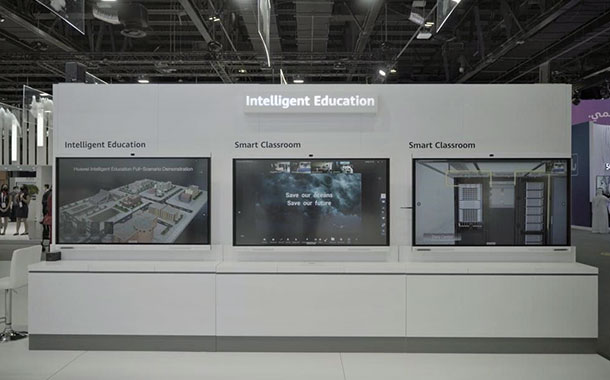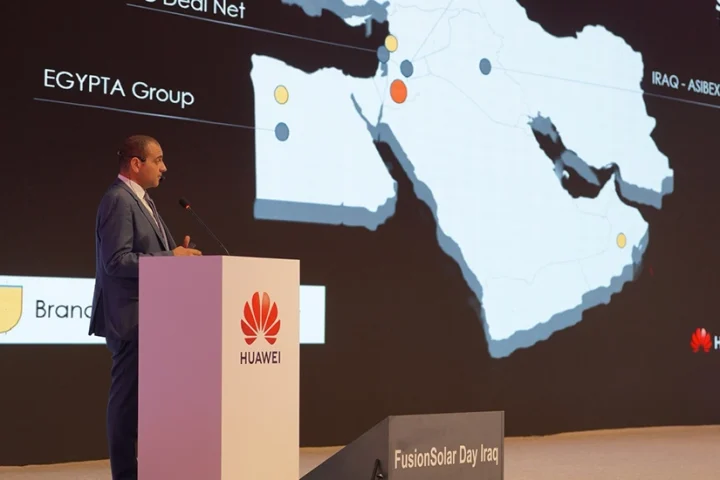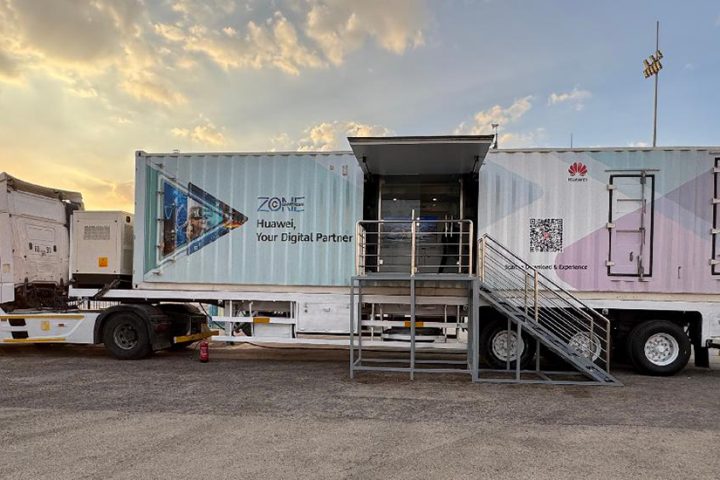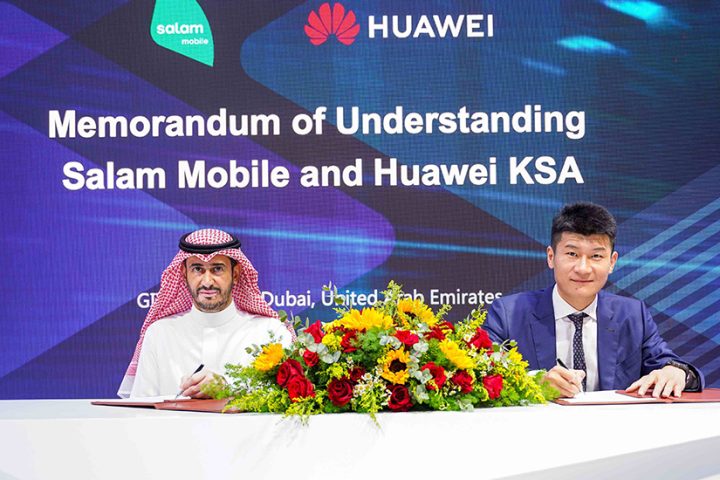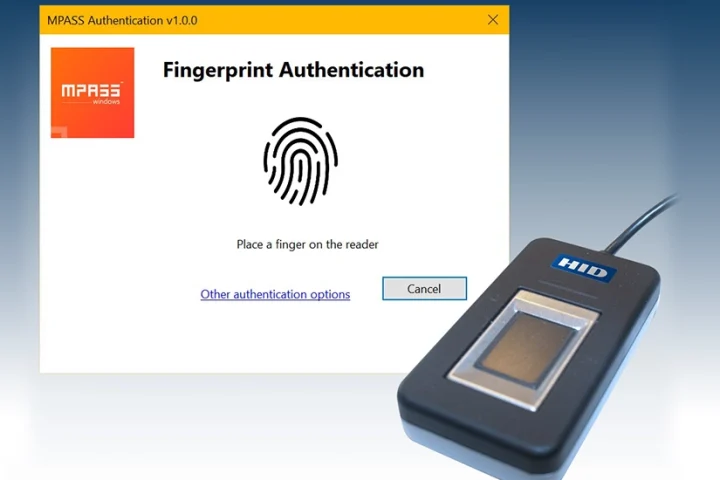With many academic models re-examined during 2020, Huawei has previewed a series of digital transformation solutions to support continuous learning and quality education in the Middle East over the coming years. The company’s expanded Smart Education portfolio was unveiled in the Middle East during GITEX Technology Week and has been demonstrated to government and non-governmental organisations throughout the exhibition.
According to Huawei, the education of approximately 1.5 billion students worldwide has been disrupted due to the Covid-19 pandemic In response, local authorities have increasingly turned to information and communications technologies in an effort to ensure teaching and learning can continue, and that today’s investments create long-term value.
Huawei has focused on five layers of digital transformation in the education sector. These include using ICT solutions to enhance teaching, learning, research, management, and support services. By working across these domains, Huawei is building end-to-end solutions that tap into its expertise across wired and wireless networks, especially 5G, as well as its strengths in connected devices and IoT networks.
At the core of its education portfolio is the eClassroom for immersive learning environments in-person or remotely. These technologies enable classrooms to have 4K HD whiteboards, support one-click sharing of coursework, more fluent data interactions and annotations, and seamless video sharing. Huawei’s Online Learning solution then supports the publishing of coursework and other shared resources. It includes tools to rank and recommend courses, along with interactive community statistics and reports about how specific resources are being used. Huawei has also designed a National Research and Education Centre solution that supports collaborative research, especially at the university level, enabling more education resources to be shared on the cloud and accessible through an ultra-broadband backbone network.


